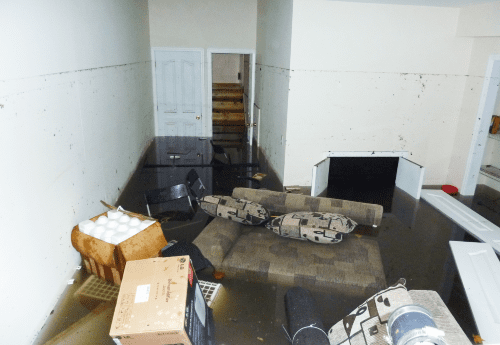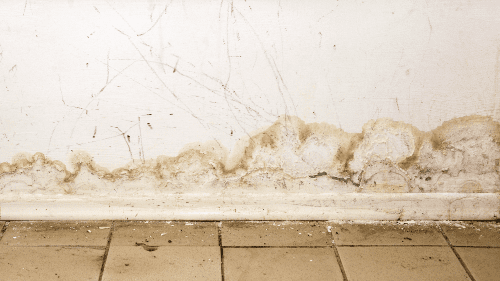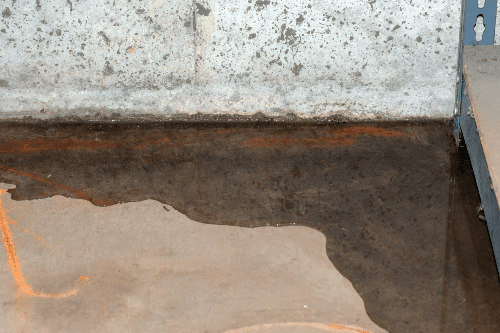Water damage can be devastating and costly, but basement water removal doesn't have to be. When basement flooding occurs, the best thing you can do is act quickly before more damage occurs. If basement water removal isn't performed promptly, mold may grow and worsen the situation.
All basement water removal jobs are not the same. Basement floods occur for a variety of causes, and each situation requires a different response. You have two options when you discover a basement flood: clean it up yourself or hire professionals.
Basement water removal can be a challenging process to go through. This article will discuss six essential steps that should always be taken when basement water extraction is necessary to ensure a safe recovery from basement flooding disasters.
Basement water damage is among the most common types of water damage because the water flows down and pools in the home's lowest level.
Some of the common causes of basement water damage include:
- basement plumbing ruptures
- sewage backup flooding
- storm damage, like heavy rain and wind storms
- broken water heaters.
The recovery steps are the same if your basement has been flooded because of the roofing system or another issue on an upper level. Still, these water sources aren't as common as the ones listed above.

Below are the six steps the professionals at ER Contracting use for basement water removal. Doing these yourself with minor water damage disasters could turn out fine, but we recommend contacting professionals for larger jobs.
Incomplete water removal can lead to structural issues and mold growth, turning what should have been a simple flood management job into a much larger problem for your property. Plus, mold growth can affect the health of anyone who comes in contact with the spores.
These steps are for the removal of the water and assume the incoming water source has already been addressed. For example, the storm is over, or the water is turned off from a broken pipe.
Turning off the power prevents electrical shock. Whenever there's standing water, there's a risk of electricity coursing through the water from the electrical outlets or any electrical components laying on the floor, like surge protectors.
Standing water in a basement can have varying levels of bacteria, depending on the source. For example, water from a broken water heater is generally clean, while water from a sewage backup is teeming with dangerous bacteria.
Knowing the risk and donning the proper safety gear before attempting basement water removal ensures you stay safe and healthy during the process.
Protective gear can include boots, gloves, clothing, and facemasks, depending on the water source and how long it was present in the basement.
Remove all salvageable contents from the basement and take them to a dry, well-ventilated place where they can dry out. Contents include tables, chairs, and smaller sofas. For larger items, make sure your helper has the proper protective gear too!
With the power out and items out of the way, basement water removal can begin. Use wet/dry vacuums to suck up the standing water and dehumidifiers to remove the water vapor from the air.
Professional basement water removal teams have industrial versions of this equipment and can get the job done comprehensively and timely. However, mold growth can occur if the water removal process takes too long, so keep in mind their expertise if the task seems like it might take a long time.

Effective basement water removal doesn't end when the standing water is gone. The next step is removing the materials that got damaged, such as flooring and drywall.
Without extensive knowledge of repairing and replacing structural elements on your property, contacting a professional is a good idea. Not only can they help make sure the proper materials are removed, but they can also double-check that there's no lingering water behind or underneath these materials.
With all the moisture and wet materials removed from the basement, cleaning and sanitizing take center stage. An anti-mold treatment is our #1 suggestion—applying one ensures there's no chance for mold growth.

The above six steps are what the experts at ER Contracting use when dealing with basement water removal situations. They work regardless of the source of the water and provide a straightforward blueprint for recovery.
If there's any point during the steps that you feel like you're in over your head, or don't have the time or energy for completing, give experts a call so they can help you recover from your basement water damage.
For those living in the Houston, Texas area, ER Contracting is here for you. We are basement water removal experts and can help you get back on your feet as soon as possible. So give us a call or reach out via our contact page for more information!